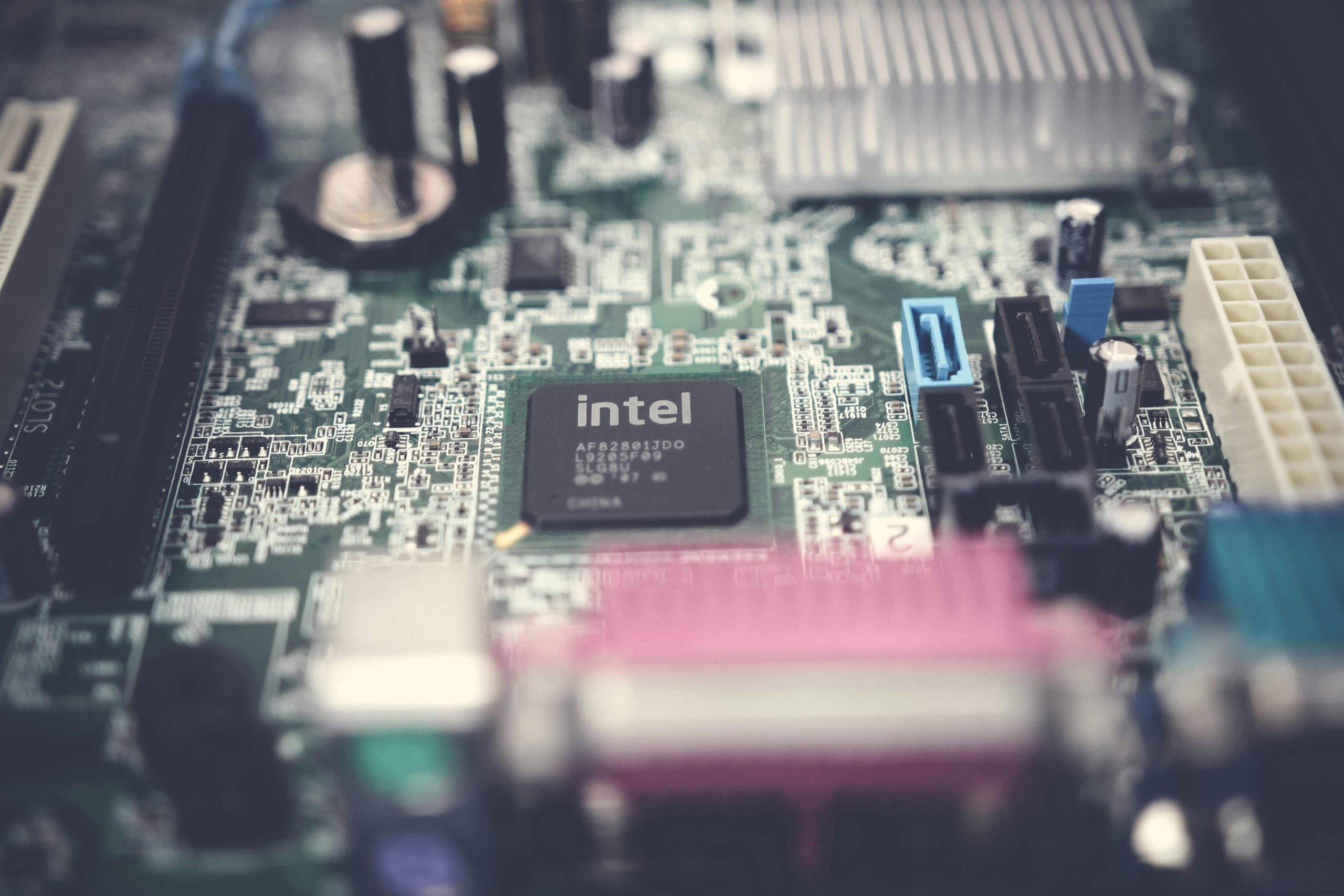Data Recovery Concerns: Is It Safe to Overwrite on the Same Drive?
When it comes to recovering lost data, many users turn to reliable software solutions like EaseUS Data Recovery. While using such tools can be a lifesaver, it’s essential to understand the implications of where you store the recovered data. A common question arises: is it safe to recover and overwrite data on the same drive from which it was lost?
Recently, a user attempted to utilize EaseUS to restore approximately 300 GB of data when a warning popped up. The message advised against saving the recovered files to the same disk, highlighting a concern that many are unaware of: the potential for data loss.
Understanding the Risks
The advice against recovering data on the same disk is grounded in the technical realities of how data recovery works. When files are deleted, the data isn’t immediately lost; rather, the space it occupied is marked as available for new information. If you save new data onto the same drive, especially if it is significant in size, there is a real risk that you could overwrite the very files you are trying to recover.
What Can You Do?
If you don’t have access to an alternative drive, consider the following options:
-
Free Up Space: If there are non-essential files on your drive, back them up elsewhere or delete them to create additional space for your recovered data.
-
External Storage: If feasible, use an external hard drive or USB flash drive. These devices can provide the additional storage space you need without risking data loss.
-
Cloud Storage: Another option is cloud storage services. Uploading your recovered files to a cloud platform can safely store them without impacting your local disk space.
-
Professional Help: If the data is critical, you might also consider seeking professional data recovery services. While this option can be more costly, it can greatly increase the chances of successful recovery without risking further data loss.
Conclusion
In summary, while the allure of recovering data by overwriting it on the same unit may be tempting, the associated risks are significant. Prioritizing a secure recovery process helps preserve your data safely. Whether through freeing up space, utilizing external storage, tapping into cloud solutions, or consulting experts, taking the right steps can enhance your chances of data recovery while minimizing potential risks. Always proceed with caution, and ensure you fully understand the process before diving in.
Share this content:




You’re correct to be cautious about attempting to recover data directly onto the same drive. Overwriting the original data during recovery can significantly decrease the chances of successful restoration and increase the risk of permanent data loss. As highlighted in the article, when files are deleted, the space is marked as available but not immediately overwritten, so saving recovered files onto the same disk can overwrite the data you’re trying to recover.
To maximize your chances of successful data recovery, I recommend:
Remember, always operate recovery software in read-only mode or from a different drive to help preserve the integrity of your data. Taking these precautions can significantly improve the likelihood of a successful recovery without risking additional data loss.